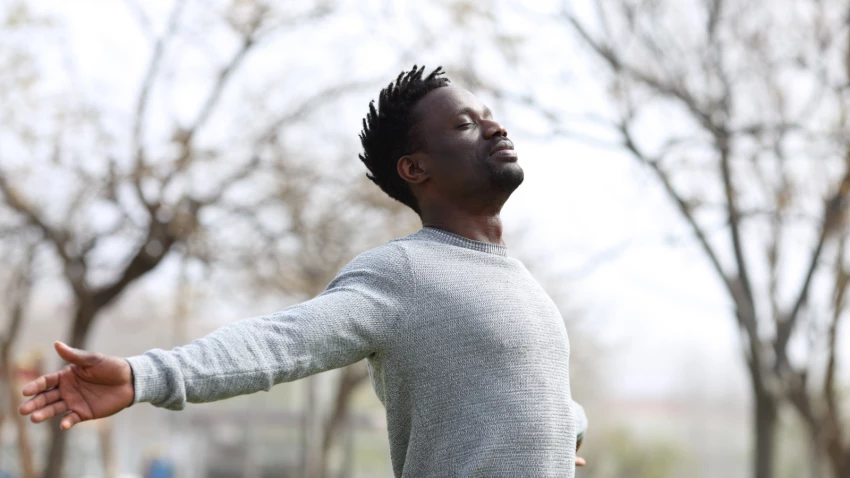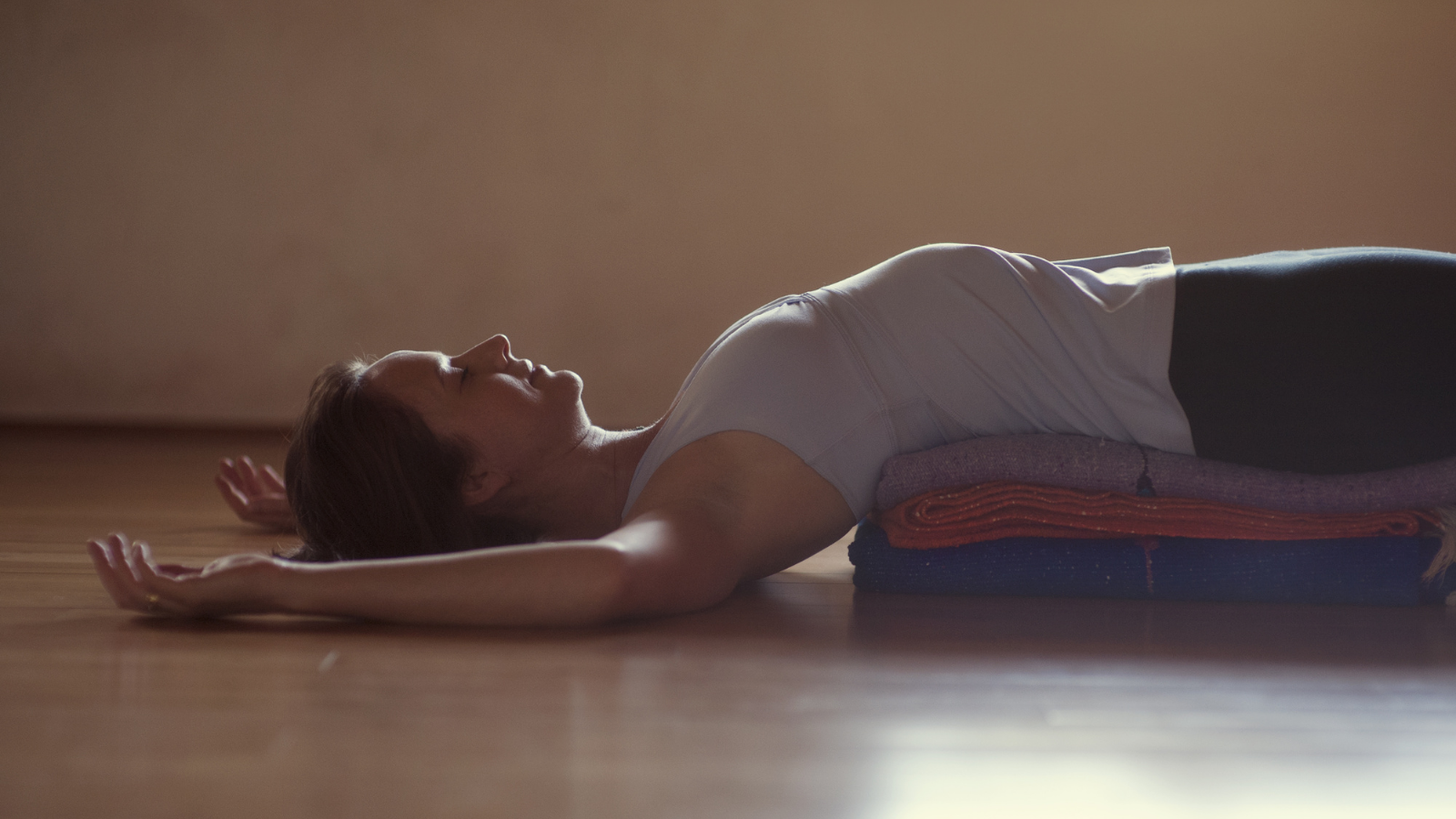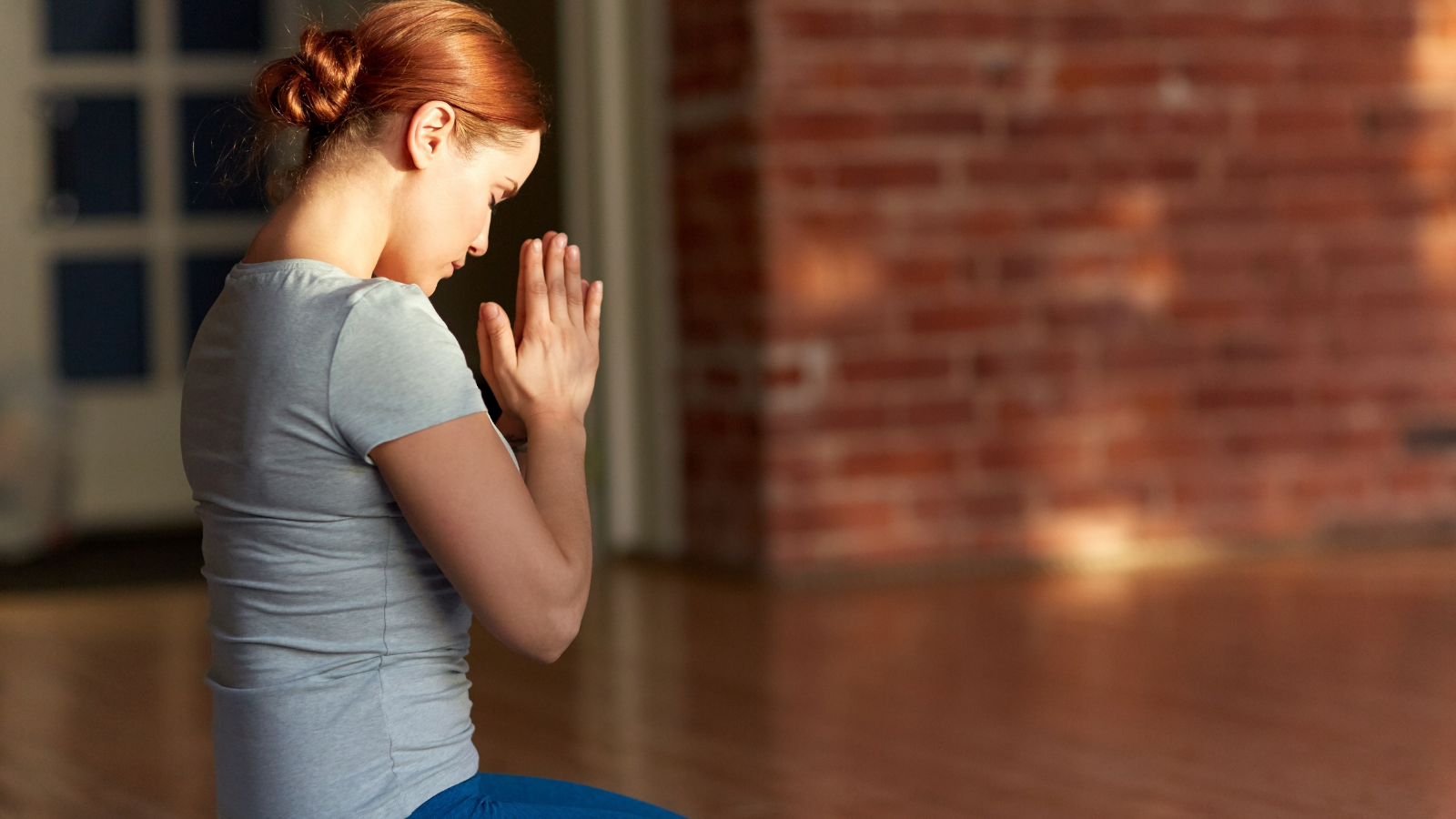Make Mindfulness a Daily Practice

Article At A Glance
Yoga Therapist Diana Zotos Florio shares easy ways to incorporate greater mindfulness into our daily activities and the many benefits that will follow.
By now, you’ve probably heard the word “mindfulness” on TV, people talking about it at work, or seen the buzzword all over your social media channels. Are we close? Given the many benefits of practicing mindfulness, it makes sense that lots of people are curious about how it could help them address any number of issues. But if you’re still wondering what it is, how it works, or how to start a mindfulness practice of your own, we’re here to unpack all of that for you now.
As physios and physical therapists continue to ride the biopsychosocial assessment wave, becoming more self-aware through mindfulness is just what the doctor ordered. This is especially true when working with patients in chronic pain as a healthcare provider. Plus, it’s also a great way to help students develop if you’re a yoga teacher. And on a personal level, it can boost your overall wellbeing.
So how do you find time to be mindful? What do you stand to gain by doing so? What are some great resources, apps, books, or recordings to help jumpstart a mindfulness practice?
What You Need to Know About Mindfulness

Starting a mindfulness practice can feel like a giant, looming endeavor. Maybe that’s because you’ve never done anything like this before and you don’t think you will be good at it. Or maybe that it’s just one more self-improvement resolution you’re afraid you won’t follow through with. But the truth is that learning how to practice mindfulness is one of the easiest, most accessible, and most convenient things you can do to heal, prevent illness, and revitalize your body.
The trick is to think about practicing mindfulness the same way you do other everyday acts of self-care, like brushing your teeth, for example. You’ve trained yourself to do this every morning and evening as part of your daily routine. You can apply that same type of conditioning here, too. Consider mindfulness practice as your daily mental flossing routine.
By carving out even a small amount of time to focus on how you’re feeling and the sensations, you’re experiencing in the present moment—without judging what you’re witnessing—you can make noticeable, lasting, helpful changes to mind, body, and spirit. You can start with five minutes a day.
Benefits of Mindfulness Practice

1. Learn How to Modulate Your “Freakout Threshold”
This refers to how easy it may be for you to go from baseline calmness to emotionally overwhelmed. A mindfulness practice can help increase the amount of time you take to process an input. For example, it can help with processing getting cut off by an irresponsible driver or your boss giving you an unachievable deadline. It gives you the power to decide whether or not a freakout is necessary. If it’s not, you have time to figure out what reaction may be more appropriate.
2. Think More Clearly and See the Big Picture
A regular mindfulness practice has been shown to create actual changes in the brain. But to summarize, the amygdala, which is responsible for such actions as the stress response of fight or flight, shrinks when you’re practicing mindfulness consistently. And the prefrontal cortex, which is associated with awareness, concentration, and focus, increases in size. Therefore, our ability to be aware and focus can override our stress response, helping us to see more clearly and the big picture.
3. Lower Your Stress in Real-time and Reduce the Physiological Effects of Chronic Stress
We sleep better when our stress response is controlled, and we’re not living in fight-or-flight mode. When the stress response is dampened, our blood pressure and heart rate are lowered. During high stress, our digestive tract effectively shuts down. This can generate symptoms like constipation, reflux, indigestion, or irritable bowel syndrome. During sustained periods of high stress, our immune system is depressed, exposing us to higher susceptibility to attack from viruses and bacteria.
4. Recover From Chronic Pain
Chronic pain is a complex process that many people suffer from. The traditional methods of treatment include powerful, mind-altering medications, nerve injections, and physical therapy. However, study after study shows that mindfulness and increased movement with awareness are effective, proven tools that can help combat the source of chronic pain, the brain. Read more in this pilot study published in the International Journal of Yoga Therapy that shows modulation of pain processing in fibromyalgia patients who practiced mindfulness.
5. Develop a Stronger Connection to Yourself and Others
Over time, a sustained mindfulness practice may deepen your relationships by helping you develop a sense of gratitude and appreciation for small and big things in life. This enables you to feel connected to others and being able to observe life in a more non-judgemental way. It’s one of the nine essential qualities of mindfulness psychologists support.
How to Practice Mindfulness

- Set a timer for 5 minutes.
- Sit comfortably on a chair or the floor, on a pillow or a folded blanket, without support behind your back if you can.
- Push start on the timer.
- Close your eyes.
- Breathe normally.
- When you breathe in, imagine you can watch your breath going into your nose from your nostrils to the bridge or your nose. When you breathe out, watch your breath going out from the bridge of your nose out your nostrils.
- Continue to follow your breath with every inhalation and exhalation.
- If you stray, label it “thinking.” There’s no need to judge yourself. Thinking is a natural function of our minds. Simply come back to watching your breath.
- When the timer goes off, you’re finished.
Also, read...
4 Easy Ways to Use a Sandbag in Yoga Practice
Exercise and Longevity: Diversify Your Yoga Practice for Maximum Benefits
Glute Amnesia: Yoga for Your Forgotten Rear
Related courses
Breath as Medicine: Yogic Breathing for Vital Aging
Yoga and Myofascial Release: Releasing Chronic Tension with the Bodymind Ballwork Method

Diana Zotos Florio is a physical therapist, yoga teacher, certified strength and conditioning specialist, mother of three, and the cofounder of Threes Physiyoga Method. A constant mover, she loves all forms of exercise and considers movement to truly be medicine.
Prior to founding TPM, Diana spent seven years working as a physical therapist at the Hospital for Special Surgery treating anyone from inpatient joint replacement patients to professional marathon runners. She’s been practicing yoga for over 20 years and has always treated her patients through the lens of yoga. Diana completed yoga teacher training at OM Yoga in NYC in 2010.



